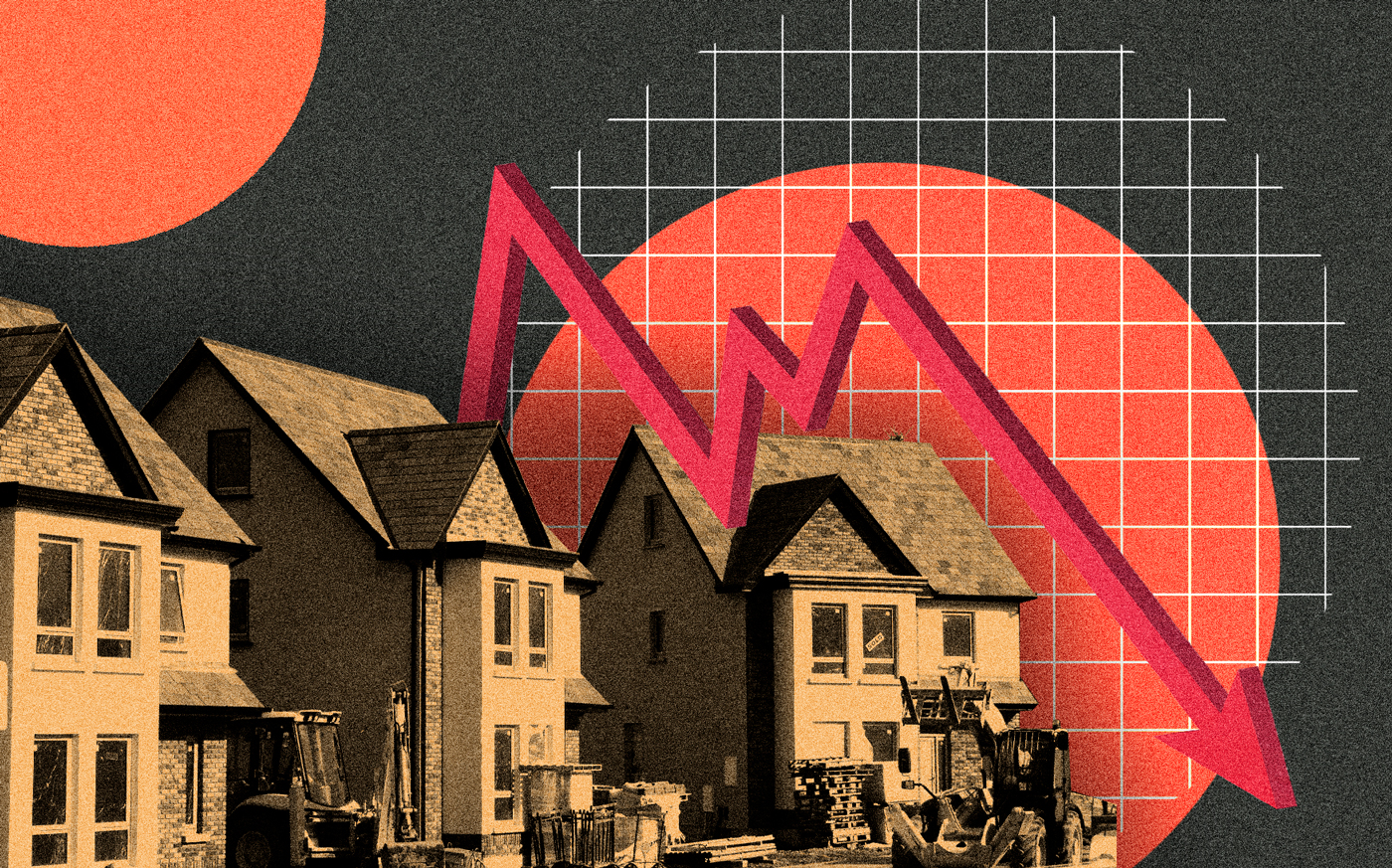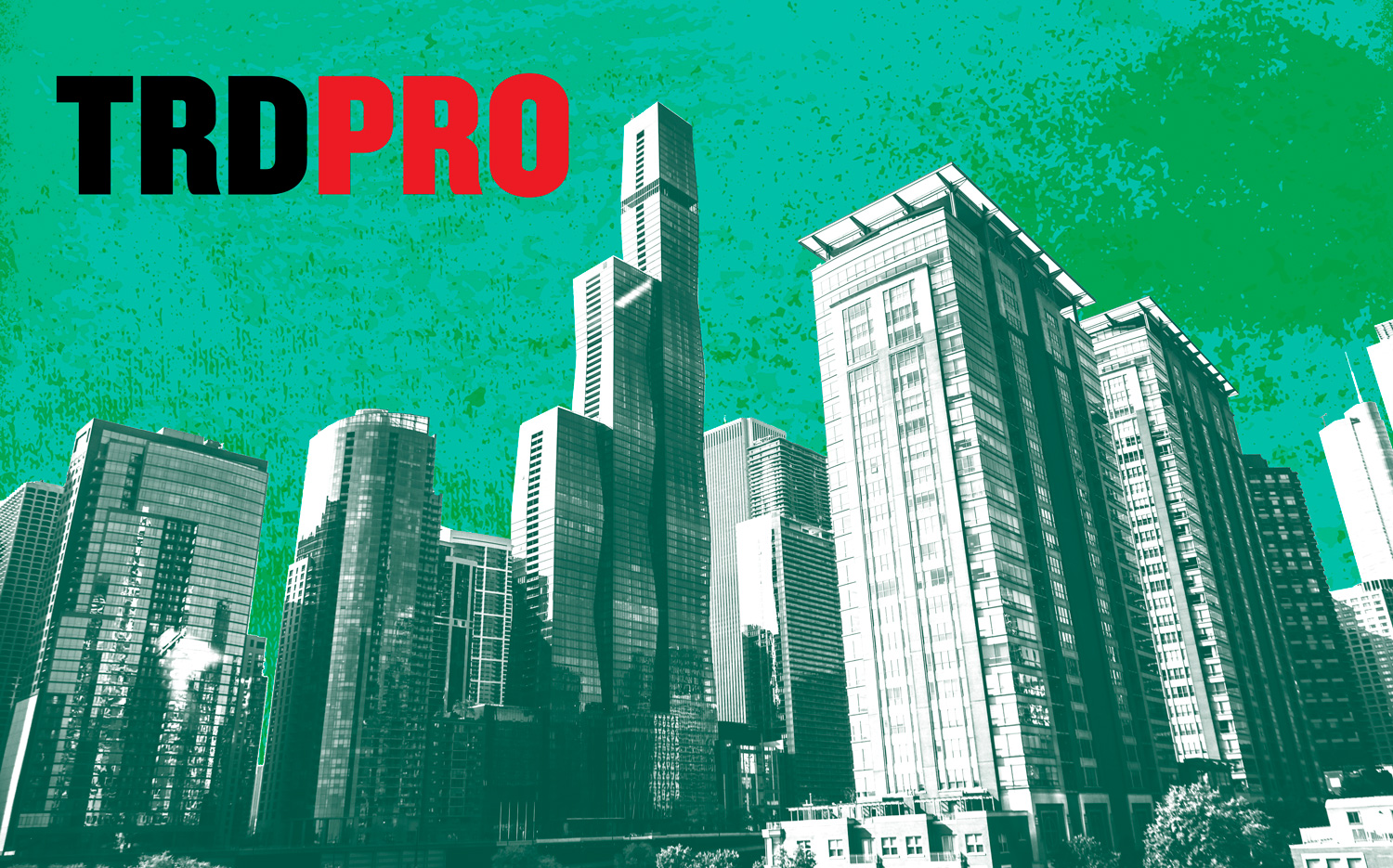Cook County’s population dropped by 68,314 last year with June 30 being the cutoff point, but downtown Chicago appears to be thriving.
The U.S. Census Bureau shows the number of residents fell from 5,177,606 to 5,109,292, which is less than the 84,000 drop year-over-year since June 2021, Crain’s reported. Other areas in the metro including Lake, Kane and Will counties all experienced a population decrease as well. McHenry County was the only collar county to boost its population and it wasn’t by much, swelling by just 150 people.
Population growth rates are considered a key metric by many real estate investors considering where to put their capital to work, and Chicago’s has been negative over several decades.
However, the Chicago Loop Alliance revealed last month that the city’s downtown core is one of the fastest growing in the nation, despite the population retreat from Cook County as a whole. Research firm Goodman Williams Group conducted a study and found that the Central Loop area saw an influx of over 4,000 new residents since the pandemic.
An average of $18,000 is spent in the Loop per household in the neighborhood annually, and the area’s residents contribute $481 million in annual economic impact in the area, the organization said.
Chicago Loop Alliance CEO Michael Edwards spoke about the ways in which city officials, businesses and residents must come together in order to take advantage of downtown’s steady growth.
“The Loop continues to be the city’s fastest growing neighborhood, and the fastest growing residential downtown in the country, yet the Loop remains in need of amenities to attract and retain residents,” Edwards said. “We hope the evidence and narrative of this study provides context for how we can all work together to make Chicago’s Loop more beneficial for workers, tourists, and residents.”
— Quinn Donoghue
Read more



